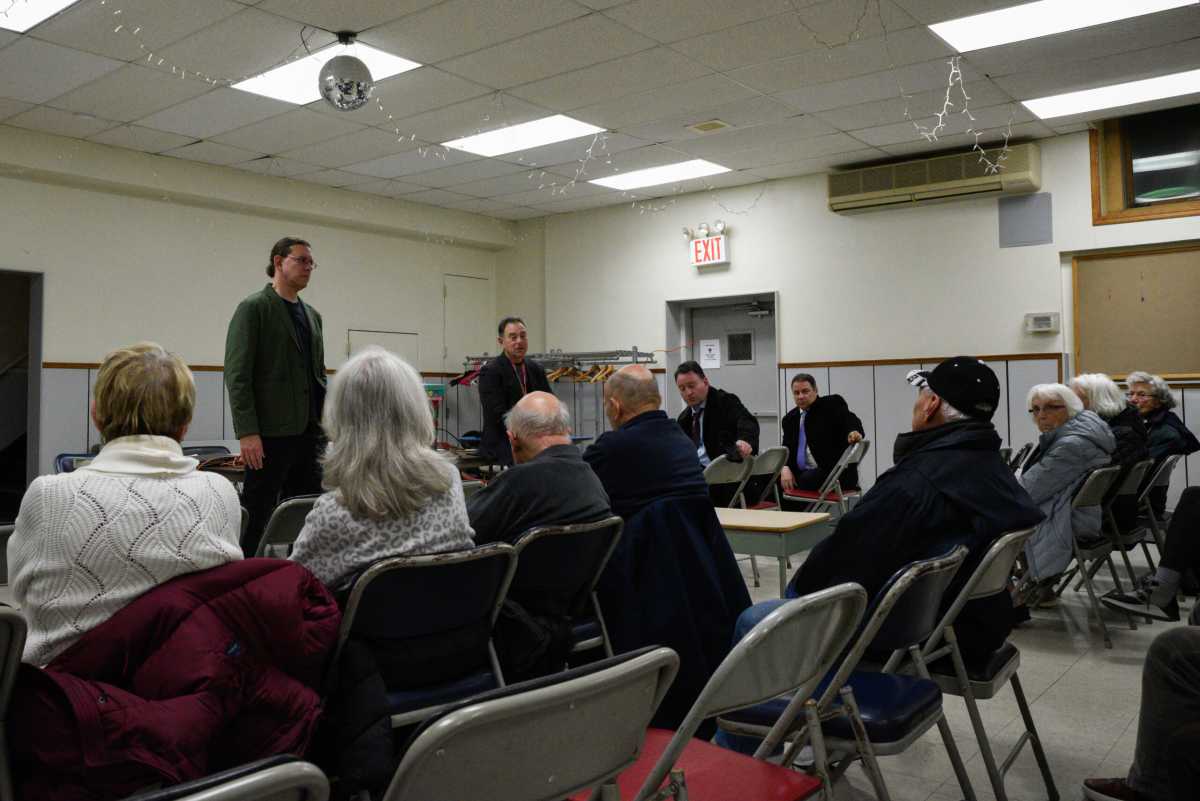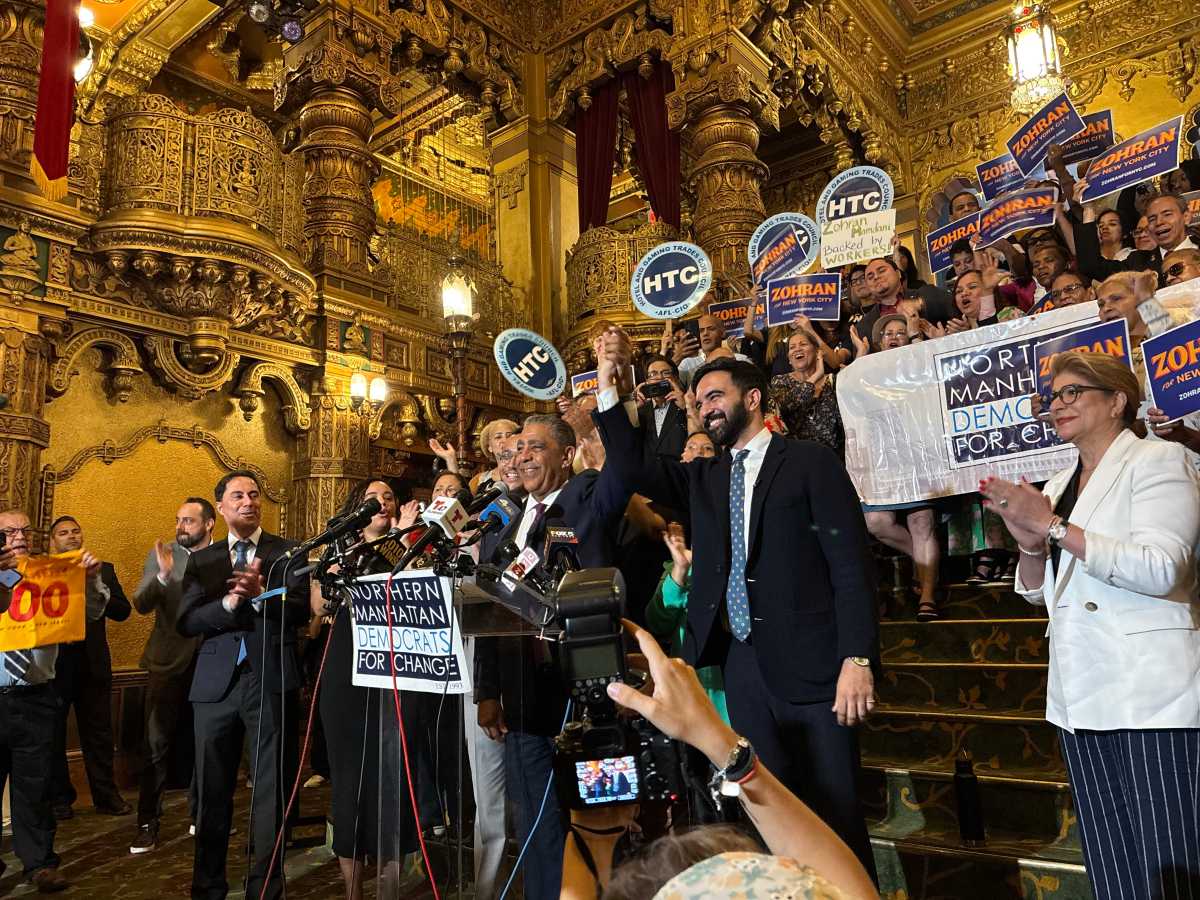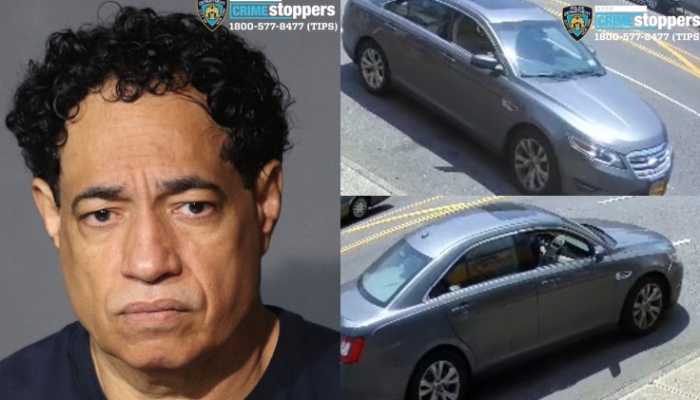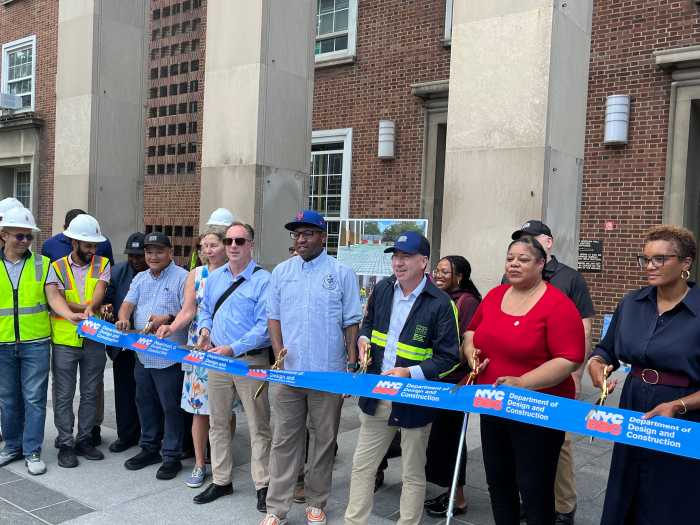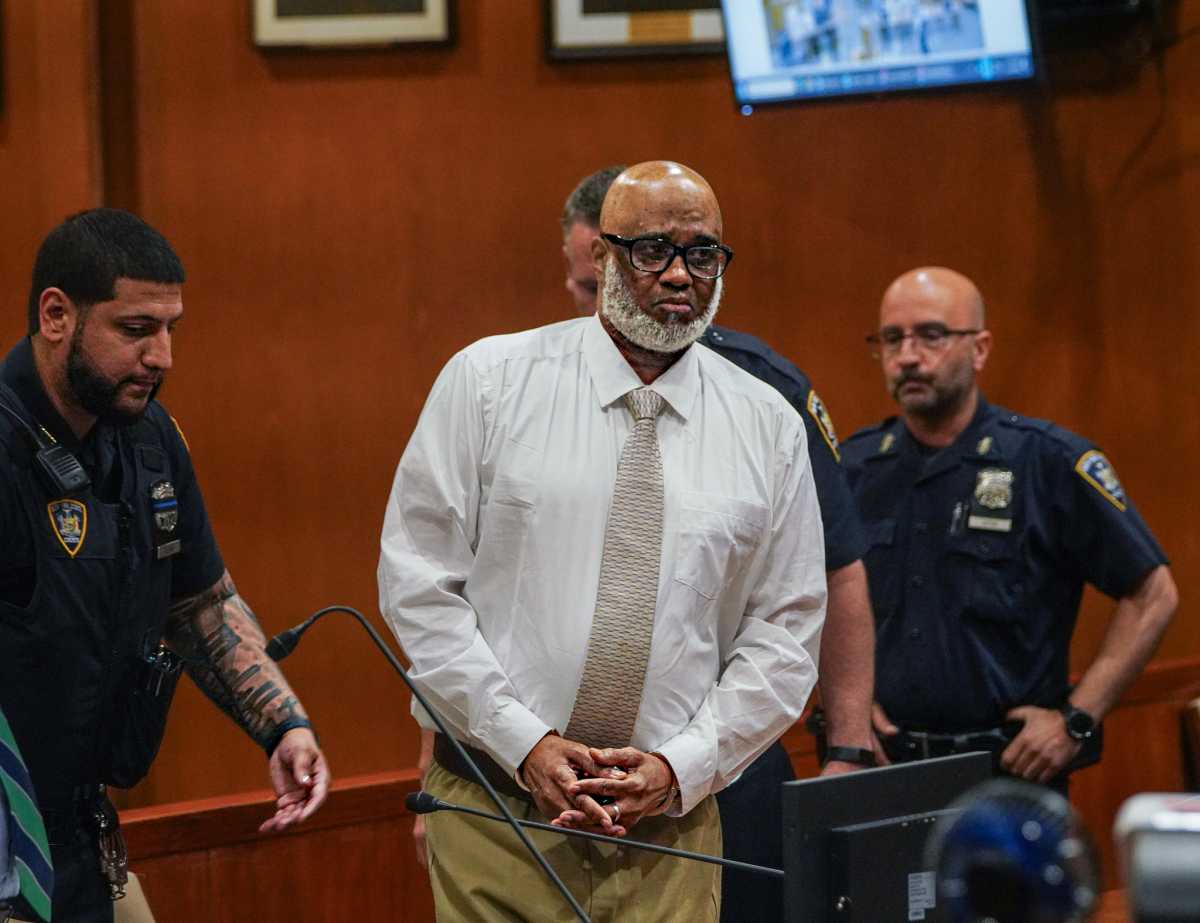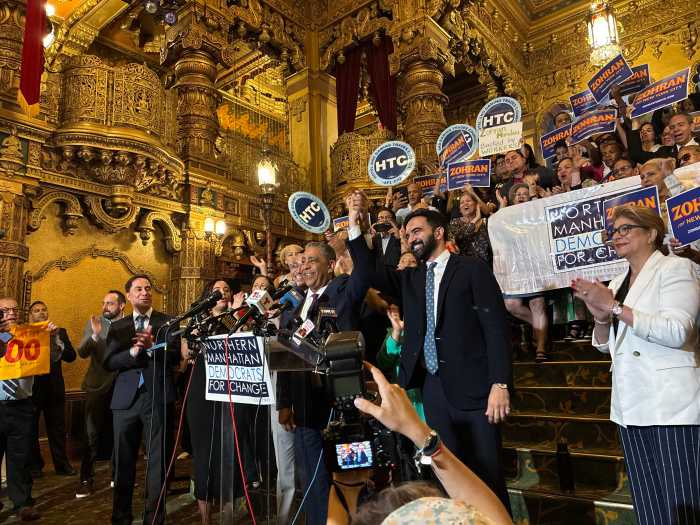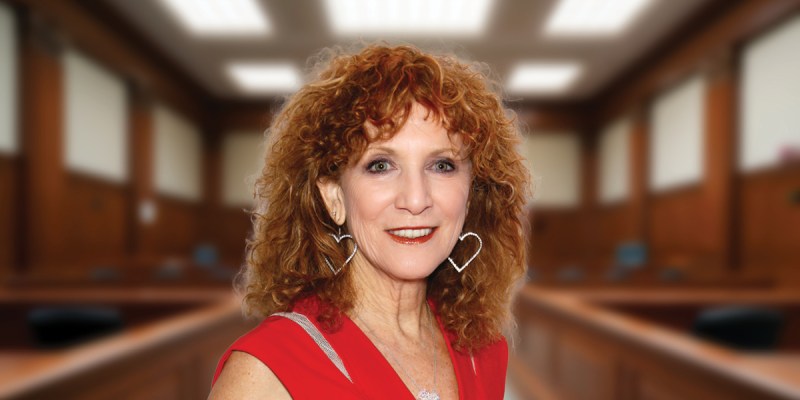This week’s Bayside Hills Civic Association meeting centered around opposition to the City of Yes Zoning for Housing Opportunity — a plan put forward by Mayor Eric Adams to address the city’s lack of affordable housing by curtailing zoning restrictions to allow for an influx of new units.
The meeting on Tuesday, Nov. 28, inside the Colonial Church of Bayside, welcomed dozens of local residents to hear a presentation from a local zoning expert on what the proposal would mean for eastern Queens. Afterwards, the majority of attendees appeared to be collectively in opposition, inquiring about how to prevent the plan from going into effect.
“This meeting is perhaps the most important meeting we have had in many, many years,” said Michael Feiner, president of the BHCA. He added that it “may turn out to be one of the most important BHCA meetings in our history.”
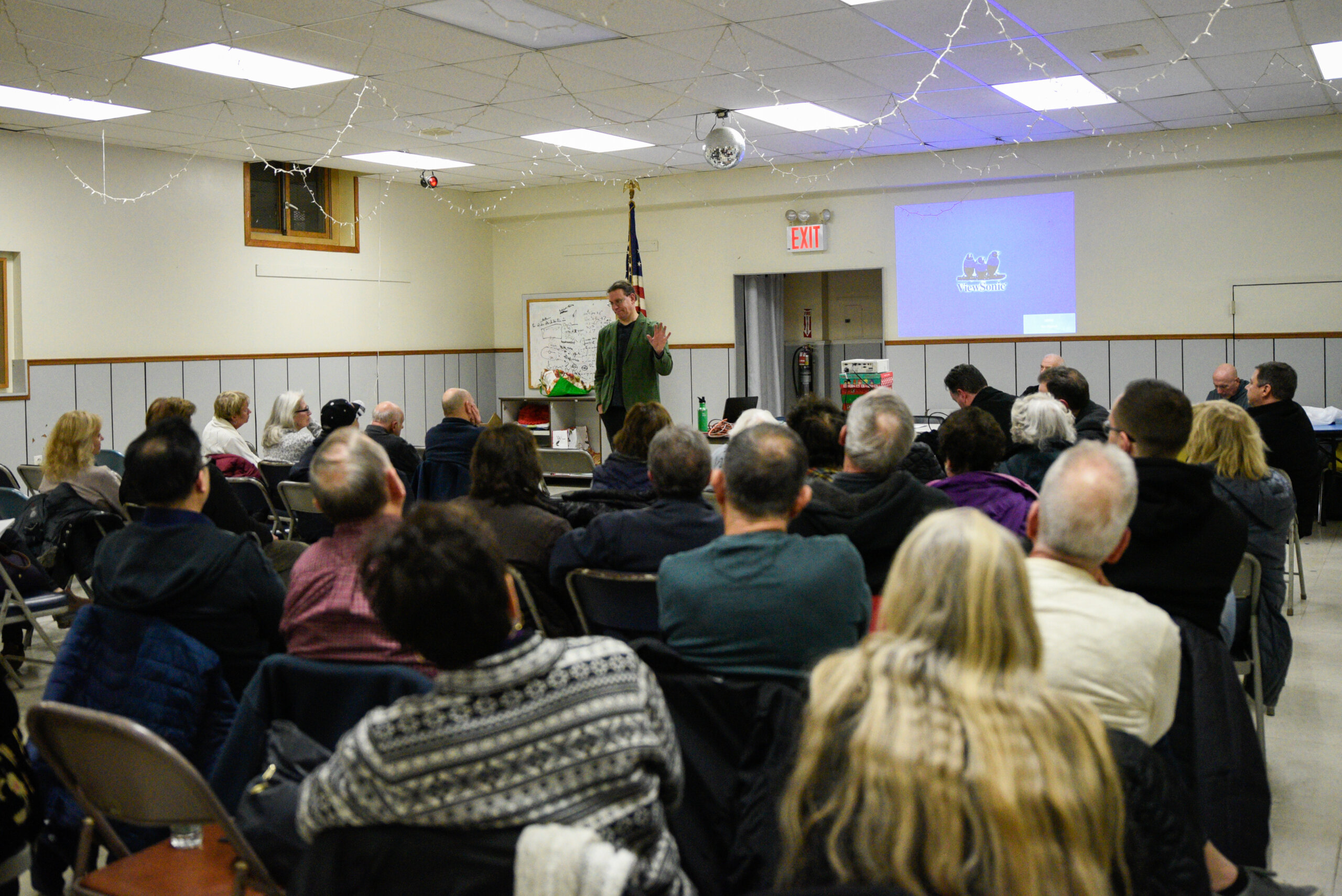
The housing aspect of City of Yes seeks to “create a little more housing in every neighborhood” – both in high density areas like Manhattan and low density areas like eastern Queens, where the majority of housing is single-family homes. The proposal was designed as a solution to the city’s skyrocketing rent, displacement pressure from gentrification, homelessness and racial segregation throughout the city.
Paul Graziano, a city planner with decades of experience, has been speaking at community board meetings and other local organizations to garner advocacy against the plan since it was announced in June. He created the group Save 1 Family NY in January 2022, after Gov. Kathy Hochul first proposed changes to zoning restrictions.
The group pushed back and ultimately won after the proposal was cut from the state budget, leaving zoning laws in place. But now Graziano is in a battle with the city.
“The [City of Yes] housing opportunity piece makes what Gov. Hochul was doing look like nursery school. If this goes through, it’s the end of our communities. It’s just over,” Graziano said during his presentation at the BHCA meeting. “It is not reasonable or logical, because our communities are communities that operate very differently than most of the rest of the city.”
Under the plan, homeowners will be allowed to add accessory dwelling units (ADUs) such as backyard cottages up to 800 square feet, or garage conversions. The city suggests that these units would help seniors “age in place” and give younger generations a chance to save on rent by living at home, but separately. And if the conversions aren’t used for multi-family cohabitation, homeowners can rent out the space for additional income.
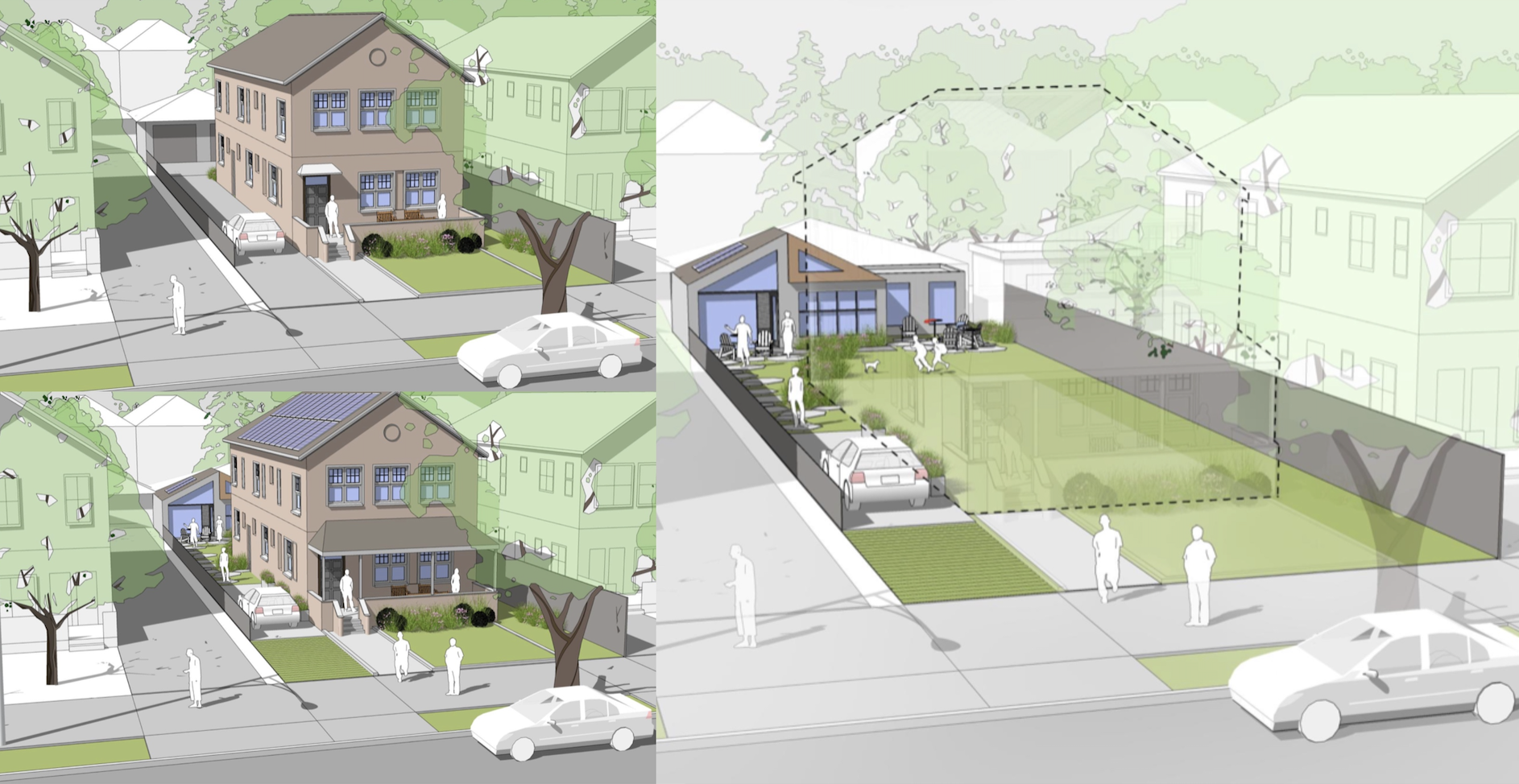
Current regulations restrict homeowners from modifying their properties with additional units. The city would also pave the way for some existing illegal conversions, such as basement apartments, to be brought up to code and legalized through state legislation, according to a spokesperson for the Department of City Planning.
While the plan says that ADUs won’t significantly change the look and feel of a neighborhood, Graziano says it’s not the case.
“The vast majority of people do not want this. They buy a home to live in quiet and to have a nice life. They do not buy a home as an investment property, most people,” Graziano said at the meeting. “For people like us, we want lawns and trees and we want driveways. And we want easy access to things and we want safe, quiet neighborhoods.”
The wide encompassing plan designed to rezone the entire city also focuses on rezoning the commercial hubs in the center of neighborhoods. Town Center Zoning would eliminate existing regulations that prevent placing apartments above retail space along these corridors. The goal is to create mix-use spaces that bring residents closer to small businesses in a mutually beneficial way.
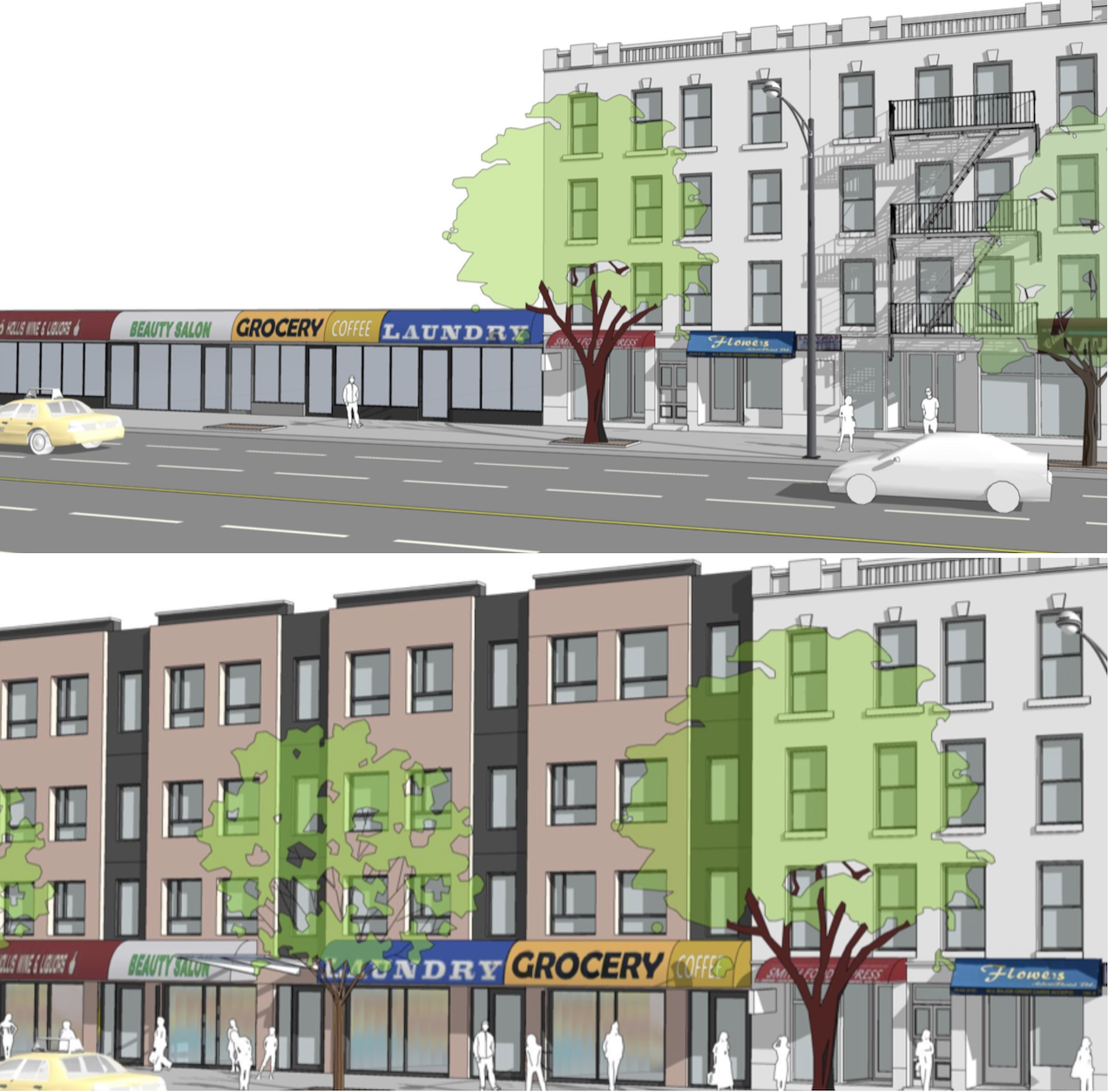
The plan also wants to prioritize placing new housing developments near public transit – specifically 3-to-5 story apartment buildings on large lots near train stations. The city says the approach would reduce car reliance, traffic congestion and carbon emissions while also supporting the MTA with increased ridership.
Another component is the elimination of parking mandates for off-street parking for new housing. Two parking spaces are the equivalent of a studio apartment and it is estimated to cost $67,500 to build one underground parking spot, according to the proposal.
Builders will still have the option to include parking in new developments, but would be less inclined to. The city believes that the elimination of the parking mandate would decrease rent and increase the production of affordable housing.
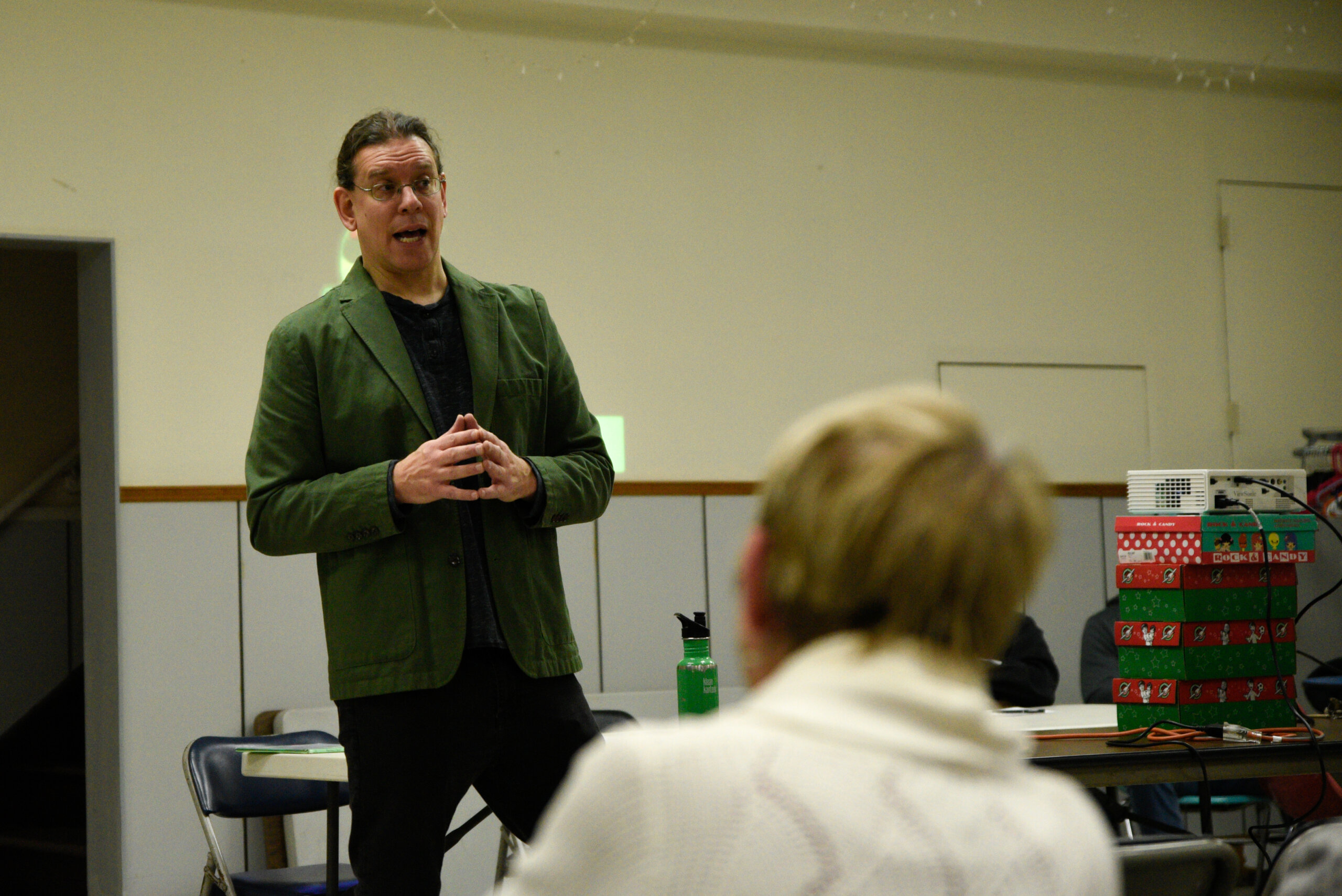
During his presentation, Graziano referred to the overall plan as “not thoughtful,” as well as a “nuclear bomb” that would not pave the way for any sort of housing affordability, despite its promises.
He also believes that low density communities, such as neighborhoods in eastern Queens — which have some of the highest rates of home ownership — should not be blamed for the housing crisis.
But these low density areas are not meeting the city’s demand for more affordable housing. Between 2010 and 2020, the lowest density community districts in the city added housing at half the rate of the city overall. And housing affordability in the city continues to tank, with more than half of New Yorkers sending more than a third of their income on rent.
Queens Borough President Donovan Richards has expressed support for the plan. But several Queens City Council members have expressed disapproval, including Vickie Paladino and Linda Lee.
The other aspect of City of Yes plan, Zoning for Economic Opportunity, was also met with opposition at the meeting. It would allow for businesses to out of people’s primary residences and allow commercial storefronts up to 2,500 square feet on residential corners. The Zoning for Zero Carbon aspect, which seeks to retrofit buildings for sustainability and expand electric vehicle charging, was not as thoroughly discussed at the meeting.
“The City of Yes for Economic Opportunity proposals have the supposed goal of boosting New York City’s economy; however, I don’t see any one proposal which could do that. Instead, its impacts will blur the lines between commercial and residential districts in the name of “progress.” This cannot be allowed to happen and I fully oppose the City of Yes for Economic Opportunity,” Council Member Vickie Paladino said following a Community Board 7 meeting last week, during which the proposal was discussed and unanimously opposed by the board.
While Lee has yet to speak publicly about the plan, a spokesperson for her office, Lois Marbach, who attended the Nov. 28 meeting, said “the councilwoman doesn’t support it as it stands” and is in the process of hearing out constituents.
Graziano conducted studies in four areas of Queens – Douglaston, Little Neck, Laurelton and Kew Gardens – to determine how the proposed change would affect population given the eligibility of properties to add ADUs, as well as the addition of transit oriented developments and town center rezoning to allow units above commercial properties.
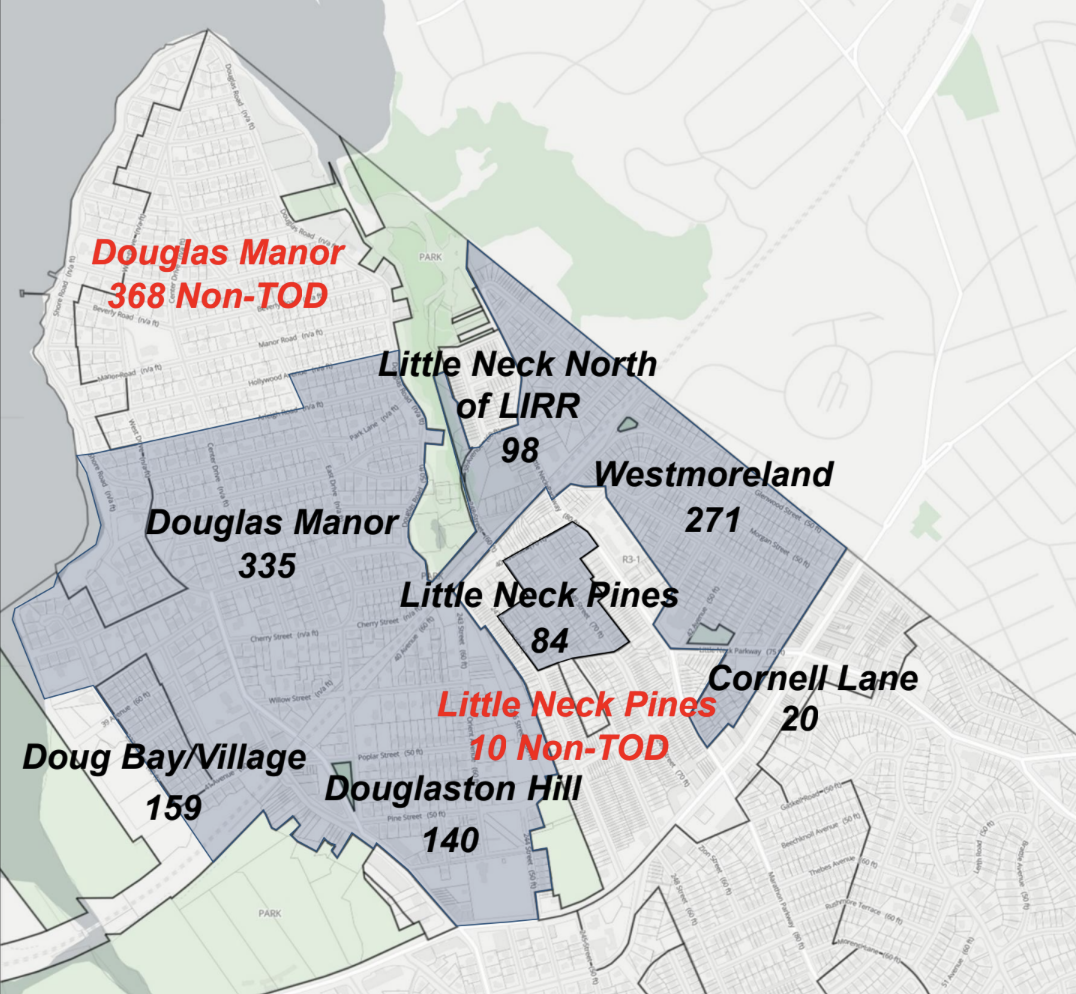
In one study, he honed in on a section of Douglaston and Little Neck north of Northern Boulevard that has approximately 1,500 lots. Of those, 1,107 would be considered part of a transit oriented development zone.
Of the properties in the zone, 256 properties would be affected by the proposal and spur the addition of 5,000 units, mostly in the form of apartment buildings.
The redevelopment of town centers to allow the building of units above retail spaces would contribute an additional 2,000 units. And an additional 2,200 ADUs could be added to eligible lots in the area. While some properties could add up to three ADUs, his calculations assumed the addition of just one accessory dwelling.
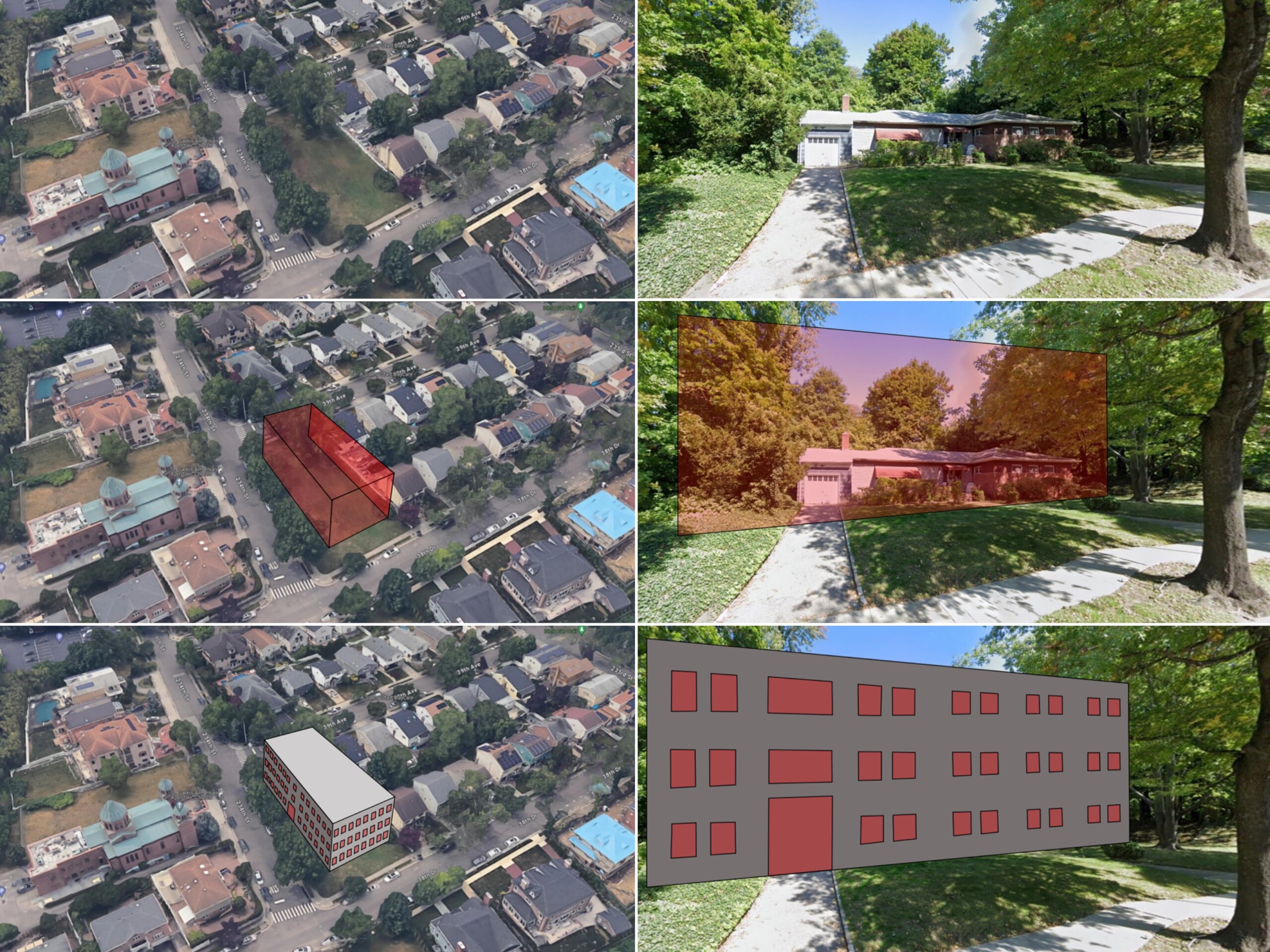
Overall, he estimates that the combination of three zoning proposals would increase residential units by 460% in just this section of Douglaston and Little Neck and increase the population by 2,000%. His exact math led to 8,151 units, where there are currently just 1,772 units.
“I think my analysis shows it’s not just a little more housing in every neighborhood,” Graziano told QNS. “The numbers don’t match the rhetoric.”
Smaller proposals in the significant housing plan, such as allowing the removal of plantings such as front lawns, could also have negative impacts, especially in flooding prone areas where they absorb water.
“Our mayor is telling us we don’t deserve to exist as communities,” said Graziano, who recently ran in the District 19 City Council Democratic primary, citing overdevelopment as a top issue in the community.
Next spring, the City of Yes for Housing Opportunity will begin a public review process to hear from community boards, borough boards and the borough presidents. They’ll be able to put forth recommendations ahead of a public hearing and vote by the City Planning Commission. If passed, it will head to the City Council for more hearings, possible modifications and a final vote to determine if this bold plan will move forward.
“For more than 60 years, we have added layers upon layers of regulations, effectively outlawing the kinds of housing that our city has long relied on,” Mayor Adams said. “Today, we are proposing the most pro-housing changes in the history of New York City’s modern zoning code — changes that will remove longstanding barriers to opportunity, finally end exclusionary zoning, cut red tape and transform our city from the ground up.”
Ultimately, Graziano is arguing that the city’s proposal is going in with a broad brush approach to redevelopment, instead of using a fine toothed comb to determine what redevelopment is best for specific communities. And he says that if increasing affordability and quelling the detrimental effects of gentrification is the city’s goal, this is not the way to go.
“Every neighborhood is different. Every area develops differently. And again, that’s what planning is. It’s a fine-grained approach. There are different strategies to be used,” Graziano told QNS. “No one is opposed to these in the places where it makes sense. But to just drop a bomb and say every property everywhere is going to be allowed to increase in density is crazy.”

